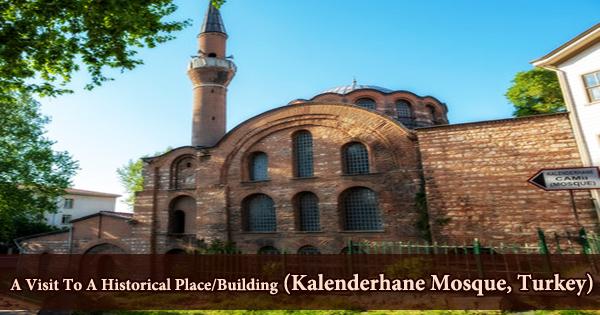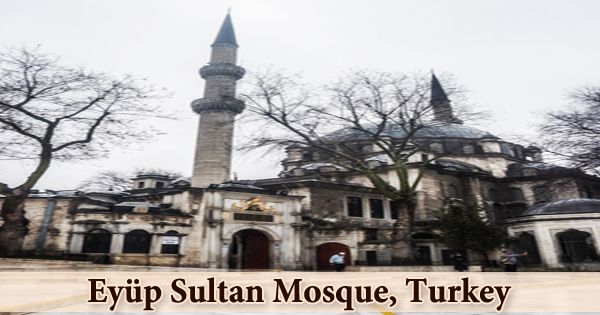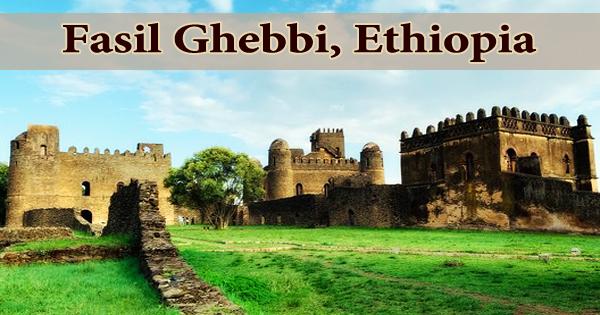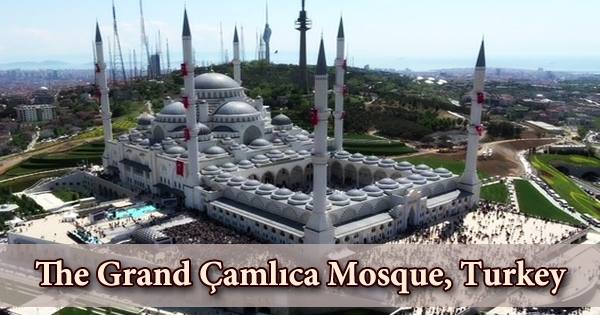Kalenderhane Mosque (Turkish: Kalenderhane Camii), like Hagia Sophia, Zeyrek Mosque (Pantokrator Monastery), and Fethiye Mosque, is a Byzantine church in Istanbul, Turkey, that was converted into a mosque after the Ottoman conquest of Constantinople in 1453. (Pammakaristos Church). The church was most likely dedicated to the Theotokos Kyriotissa at the time of its building. The structure is also known as Kalender Haneh Jamissi and St. Mary Diaconissa. Despite the discrepancy between the Kalenderhane Mosque and the Monastery of Mary Kyriotissa as described in Byzantine sources, scholars have identified the building as the Church of the Monastery of Mary Kyriotissa based on two frescoes of Mary with the inscription Kyriotissa. Their conclusion also differs from the Ecumenical Patriarchate of Istanbul’s previous identification of the structure as the Church of the Monastery of Christ Akataleptos. This structure is one of only a few surviving Byzantine churches with a domed Greek cross plan. The Church of Theotokos Kyriotissa was built in the twelfth century during the Komnenian Dynasty on top of a fifth or sixth-century Roman bath complex and served as a Greek Orthodox Byzantine church until 1453. Following Constantinople’s conquest in 1453, the church was given to the Kalenderi Dervishes, who used it as a zaviye (Islamic religious school) and imaret (soup kitchen). Despite the fact that the structure has been restored several times due to fires in the late nineteenth century, it continues to function as a mosque. The Greek Cross plan of the Kalenderhane Mosque is supported by a dome within sixteen ribs. The structure’s medium is typical middle Byzantine architecture, which is a combination of brick and stone masonry layers.
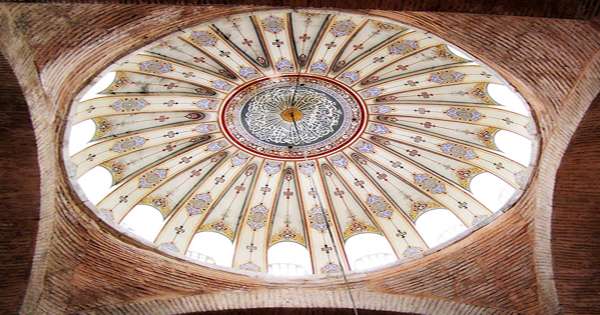
The mosque is situated at the western end of the existing section of the Aqueduct of Valens (Bozdogan Kemeri), with the aqueduct offset slightly to the south. The current church was built during the late Comnenian Dynasty (1081-1185), incorporating remains of earlier structures built on the site, including a 4th or 5th century private bath, two basilicas predating the iconoclastic era (717-867), and an unfinished 8th century church, according to Kuban and Striker’s field research. The original marble decoration of the structure is still surviving similar as Hagia Sophia and Chora Museum. The church was used as a Roman Catholic Church by the Catholic Crusaders after the Latin Conquest of Constantinople by the Fourth Crusader in 1204, and they adorned the southern chapel of the church with frescoes depicting the life of St. Francis. The only wall mosaic panel from pre-Iconoclast Constantinople is a mosaic panel depicting “the Presentation of Christ,” which was discovered on the apsidal wall of one of the basilicas. The church was used by Catholics during the Latin invasion, according to frescoes found in a diaconicon chapel portraying the life of St. Francesco, the oldest surviving depictions of the saint. Before the Ottoman conquest, the church was surrounded by monastery buildings, none of which survived the Ottoman era. Hacı Beşir Ağa (d. 1747), the Kizlar Ağası of the Topkap Palace, completed the conversion of the building into a mosque in 1746 by constructing a mihrab, minbar, and mahfil. The mosque was reconstructed after being destroyed by fire and earthquakes in 1855 and again between 1880 and 1890. After the minaret collapsed due to lightning and the Medrese was destroyed in the 1930s, it was abandoned. The above-mentioned renovation by Kuban and Striker has restored the original features of the Comnenian church, the 18th-century mihrab, and the minaret, enabling the monument to continue to be used as a mosque.

The structure features a central Greek Cross plan with deep barrel vaults over the arms and a 16-ribbed dome. With alternating layers of brick and stone masonry, the building has a typical middle Byzantine brickwork. On the west side, there is an esonarthex and an exonarthex (added much later). Following the Latin attack, the side entrances from the inner narthex were blocked. The upper gallery to the inner narthex was probably demolished during the 1854 restoration, and windows were opened on the northern façade within the grand arch that had been blocked by the gallery. The sanctuary is on the east side, but the restored mihrab and minbar are in a corner to achieve proper Mecca alignment. Prothesis and diakonikon, two small chapels typical of Byzantine churches from the middle and late ages, have survived. The north and south aisles flanking the nave were both demolished at this time, and neither was restored during the 1966 restoration; the triple arches that once linked the nave to the aisles now form the lower tier of windows on the north and south façades. The church’s interior decoration, which includes exquisite colored marble panels and moldings, as well as elaborated icon frames, is mostly intact. The mosque of Kalenderhane is one of the most significant architectural examples of a domed Greek cross church from the Byzantine middle period, alongside the Gül Mosque in Istanbul, the Church of Hagia Sophia in Thessaloniki, and the Church of the Dormition in (Koimesis) in Iznik (Nicaea). The non-extant iconostasis, which rose to the level of the vaults, is commemorated in two intricate icon frames on the piers flanking the sanctuary. The church’s original decoration, which consists of polychrome marble revetments and moldings, has been preserved to a large degree. The minaret rises from the southwest corner of the church and was also restored during the 1966 renovation. The structure has two distinct characteristics, both of which are unique in Istanbul: a one-meter-square mosaic representing the “Presentation of Christ,” the city’s only pre-iconoclastic exemplar of a religious theme, and a cycle of thirteenth-century frescoes depicting the life of Saint Francis of Assisi (found in a chapel at the southeast corner of the building and painted during the Latin domination). These have been partly restored and are now on display in Istanbul’s Archaeological Museum. Other discoveries from the 1966 expedition are on display in a small museum in the Kalenderhane Mosque’s diaconicon.
